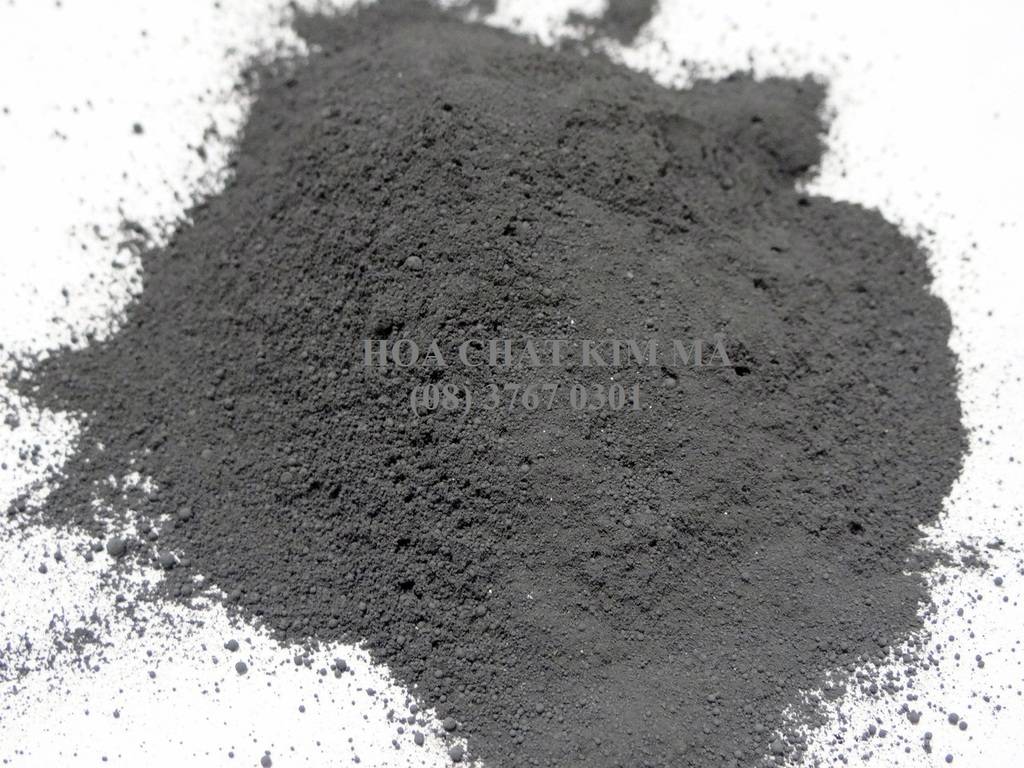Silica Dust Exposure Linked to Higher Prevalence of Certain Systemic Sclerosis Manifestations, Study Shows
Written by |

Inhalation of dust particles containing silica is linked to a higher prevalence of systemic sclerosis (SSc), namely the diffuse forms of the disease, along with muscle inflammation and lung scarring, a study suggests.
The study, “High serum levels of silica nanoparticles in systemic sclerosis patients with occupational exposure: Possible pathogenetic role in disease phenotypes,” was published in the journal Seminars in Arthritis and Rheumatism.
In the past decades, evidence from several reports has shown that environmental agents can act as potential triggers for SSc. One of these is exposure to silica — a mixture of the natural chemical silicon with two oxygen atoms (dioxide) — which is naturally found in rocks, sand and clay and in materials such as bricks and concrete.
Inhalation of silica-containing dust has been linked to autoimmune diseases in genetically predisposed individuals, including SSc. Research with humans and animal models suggests that silica exposure triggers multiple changes in the immune system, such as the production of signaling molecules (cytokines) that promote inflammation and scarring (fibrotic) lesions.
In this study, researchers analyzed blood samples for traces of silica microparticles and nanoparticles, as well as silicon, in 80 SSc patients, including 70 females, at a mean age of 58.4, who lived in the Italian province of Modena, which has a high density of industries with high risk of silica dust exposure. The same analysis was performed on 50 sex-matched healthy controls from the same geographical area.
Additional elements screened in the analysis included aluminium, chromium, copper, iron, magnesium, manganese, titanium, and zinc.
Participants’ possible exposure to microparticles and nanoparticles was determined via a questionnaire focusing on their occupational exposure, environmental exposure, smoking habits, and prosthesis implants.
Of the 80 SSc patients, 43 (54%) were exposed to microparticles and nanoparticles, as well as six of the controls (12%), mainly due to work in the ceramic industries.
Other exposure categories — environmental exposure, smoking habits, and prosthesis implants — were much rarer in both groups.
Exposure to silica dust preceded disease onset, with a median exposure duration of 16.4 years, and 21 of the 43 SSc patients were still exposed to the harmful particles at the time of the study.
In these 21 patients, the levels of silicon were significantly higher than in the remaining 22 patients who had been exposed in the past.
Patients re-exposed to silica dust had a statistically higher prevalence of certain disease manifestations than those who had not been, namely diffuse cutaneous SSc (35% vs. 11%), inflammation of the muscles (16% vs. 0%), and lung scarring (86% vs. 38%). The severity of lung scarring correlated with the levels of silicon.
Morever, patients with abnormally high values of worse prognostic markers, such as the C-reactive protein, anti-Scl70 antibodies, and erythrocyte sedimentation rate, showed significantly higher levels of silicon than those without those markers.
Overall, this study reinforces the detrimental effects of silicon and silica dust particles for SSc, showing that “this element might represent a pathogenetic co-factor of more severe clinical phenotypes [symptom presentation], mainly diffuse scleroderma with lung fibrosis,” the researchers concluded.





